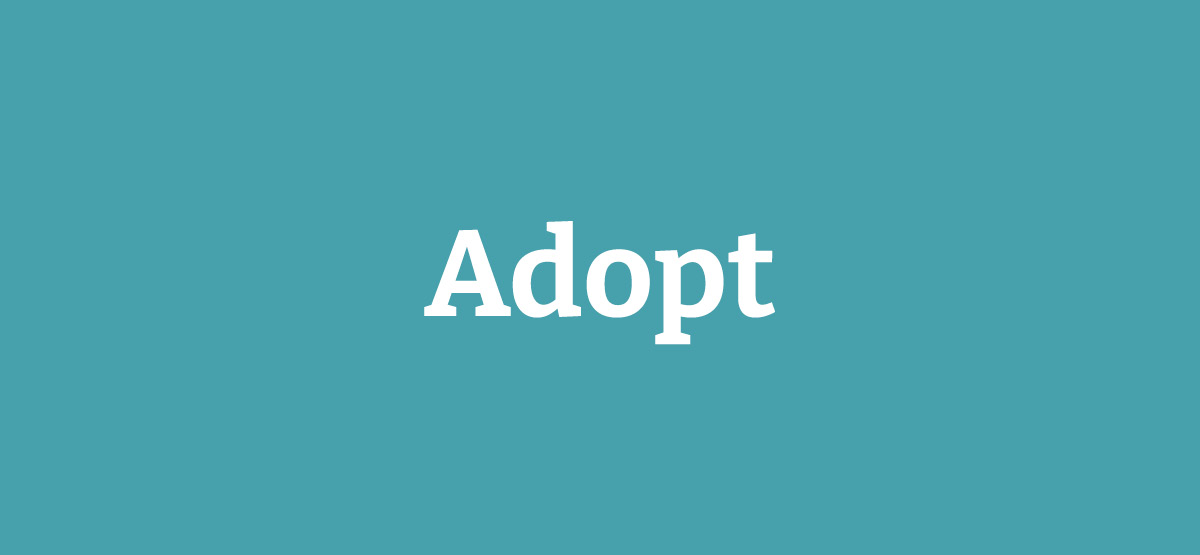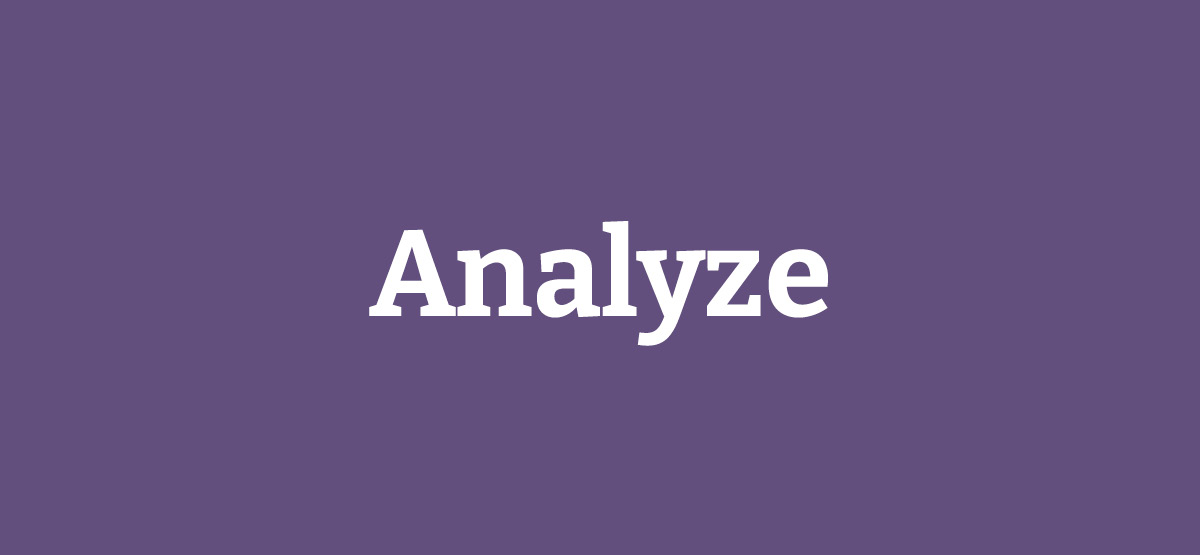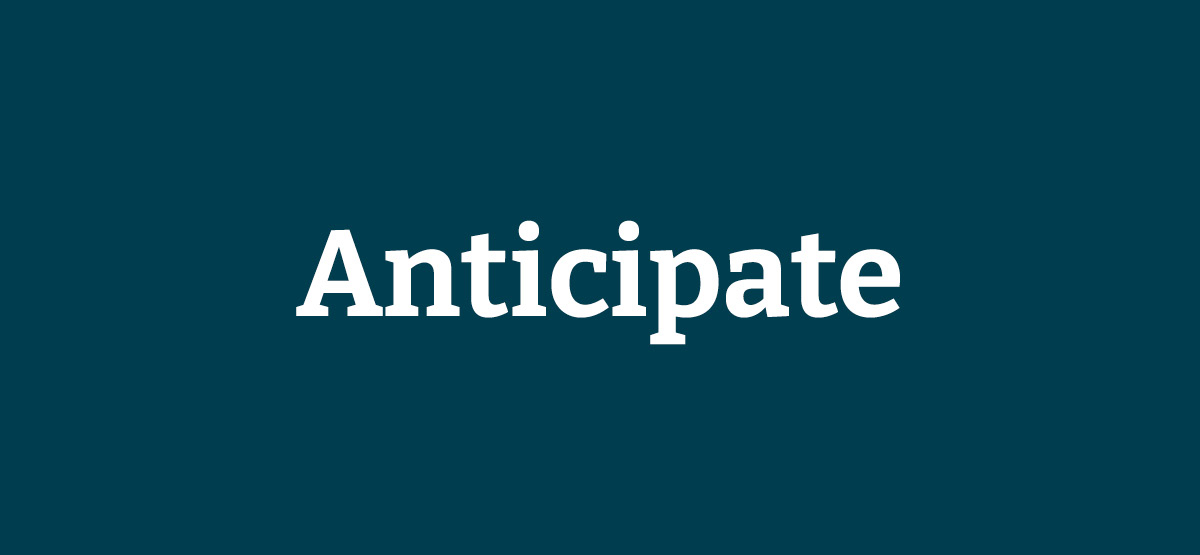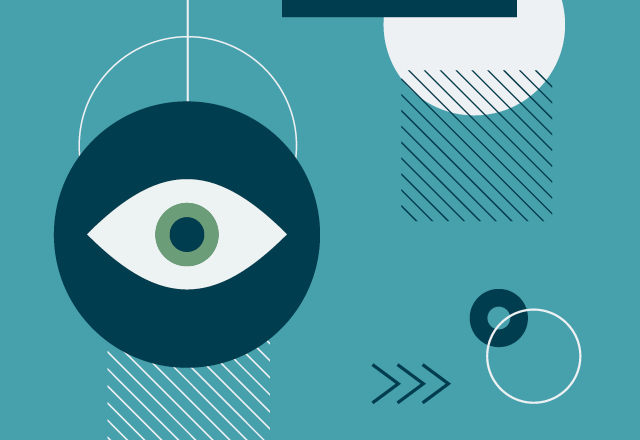Looking Glass 2023
Evaluating Web3
Navigating the internet’s possible futures
Few tech-related topics are in as much focus, or as prone to causing confusion, as Web3. While the term ‘Web 2.0’ was invented to describe an already apparent shift to dynamic web pages and user-generated content, Web3 is closer to a manifesto, coined by people and organizations with specific agendas referring to what they want the internet to be.
Web3 proponents — each with their own different vision of what Web3 actually is — claim they will create a more decentralized internet. From a technical perspective, this will be done largely through peer-to-peer protocols, where users control their own data and value is realized more by users and content creators than by owners of infrastructure. But so far, Web3’s most widely adopted components are cryptocurrencies and related tech such as NFTs. This means that for some, Web3 is synonymous with crypto, volatility, ‘get rich quick’ schemes and out-and-out-scams.
We think Web3 is best understood as a collection of building blocks focused on decentralization that could combine with existing technology to create the next major phase of the internet. It’s important to note there are competing definitions — Tim Berners-Lee, creator of the web, recently talked about his vision of “web 3.0,” which shares some of the characteristics of decentralization but is much more focused on people controlling access to their own data and does not require an underlying blockchain.
For businesses and consumers, it’s important to note Web3-related developments may have positive or negative implications. Decentralization can counter monopolies and democratize access to services. Yet centralization and regulatory oversight provide protection and legal recourse — and the crypto space provides plenty of cautionary tales about what happens when there are no guardrails in place.
As Web3 develops, it remains to be seen how wedded it will remain to its ideals. For businesses, the main thing is to avoid getting dazzled by the hype that accompanies some innovations adopting the ‘Web3’ tag as it edges into mainstream legitimacy, and to zero in on what it offers that’s directly relevant.
Signals include:
Increased regulation to protect consumers and businesses, especially around crypto tokens and whether they constitute securities.
Large financial institutions participating in the crypto ecosystem, such as Schwab creating an ETF based on the crypto economy. Banks and wealth management firms are also becoming custodians for more types of digital assets.
Blockchain-based technology being applied to good causes such as supply chain verification, vaccine tracking, or sustainability auditing.
Big brands such as Starbucks and Nike experimenting with things like NFT technology, though the value of these efforts beyond marketing is still very much up for debate.
Central bank digital currencies (CBDCs). Policymakers worldwide have set out to identify what effect the rise of cryptocurrencies may have on traditional currencies, and to determine a response. The White House recently published a report on CBDCs, their policy implications and the “responsible” development of digital assets. It’s important to note that, depending on their implementation, CBDCs may or may not require blockchain-style technology.
Players in the Web3 space acknowledging the environmental impact of technologies like crypto and working to reduce it. Old-style GPU miners are quickly going out of business after Ethereum, one of the leading cryptocurrencies, moved to ‘proof-of-stake’ by phasing out the practice. The Ethereum inventor claims this resulted in a 0.2% reduction to global energy usage.
Federated systems, which are decentralized rather than controlled by a single entity, are gaining traction. Mastodon, a decentralized social network, has seen rapid growth in response to Elon Musk’s turbulent first weeks of owning Twitter. Millions of people are now taking their first steps in the ‘fediverse’ — a federated universe of content. It remains to be seen how federated content moderation will handle the challenges of today’s social media platforms.
The opportunities
Getting ahead of the adoption curve — with caution. Keep a keen eye on how Web3 is evolving and potential use cases for your organization — without getting swept up in the general excitement. If “blockchain verified” becomes a positive in terms of public opinion, being close to Web3 technologies can be both a brand and commercial opportunity. At the same time, some Web3 ‘innovations’ may prove more style than substance, or even carry regulatory or reputational consequences, so caution is warranted.
For many businesses, the biggest opportunities are likely to emerge around reducing friction in contexts without a trusted central authority. Blockchain, for example, is already demonstrating the ability to smooth and accelerate cross-border transactions. By preventing tampering it could also have positive implications for documentation or processes such as contracts or escrow.
Leveraging trust to unlock new opportunities. Provided Web3 manages to shake off some of its more negative associations and the security and privacy aspects of things like blockchain come to the fore, qualities like decentralized identity and greater end-user control could convince more consumers to share or parcel out their data for commercial purposes. This will give companies much richer resources to work with.
New industry alliances. Beyond consumers, there are already examples of governments and companies launching special ‘permissioned’ chains that promote digital interaction and information-sharing among members, potentially providing a secure basis for cooperation where none previously existed. These include China’s government-backed Blockchain-based Service Network, and The Energy Web Chain created for energy companies.


What we’ve seen
Trends to watch
Adopt
Decentralized Identity. Tim Berners-Lee calls this “single sign on for the web,” allowing users to control their own identity without relying on a provider. Some version of this is one of the few trends people with different visions for the next version of the web agree on. In practice, this could range from the Solid Project’s pods, developed by Berners-Lee, to standards being promoted by organizations such as the World Wide Web Consortium, the EU and Microsoft. These standards are not yet mainstream, which makes the trend hard to “adopt,” but we believe organizations should be working towards a better understanding of these concepts and how they might affect their business.
Analyze
Smart contracts. Unfortunately named, these ‘contracts’ are not legal documents but actually software programs that execute as part of a blockchain. They automate multiple steps into a single transaction and in theory eliminate counterparty risk. Use cases include supply chain tracking, land title custody, complex financial instruments such as derivatives, and can include concepts such as escrow or flash loans. Since they are programs, smart contracts have all the problems of regular code, including bugs. This leads to a dilemma: if smart contracts can be changed after implementation (to fix bugs) one party might get a different ‘contract’ than they thought they had signed up for. Given these issues, it’s good practice to closely scrutinize smart contracts and to enlist expert help in doing so.
Anticipate
Increased regulation. Regulation in this area, especially when associated with cryptocurrencies, is fast moving. Regulations also vary wildly from country to country and affect the acceptance and adoption of Web3-based technologies. For example, some more speculative use cases in western countries are simply not legal in China. Sites such as Cryptocurrency Regulations Around the World can be used to track developments where you do business.
Trends to watch: the ones we're seeing now

- Automated compliance
- Decentralized security
- Green cloud
- Privacy first
- Tokenomics

- Alternative currencies
- Blockchain and distributed ledger technologies
- Decentralized data platforms
- Differential privacy
- Digital ecosystems
- Platform business
- Smart contracts

- Evolution of consensus mechanisms
- Increased regulation
- International law for crypto assets
- X-Fi
Advice for adopters
Create an overall Web3 decision-making framework for your company. The strength of feeling around Web3 — positive and negative — can make it difficult for organizations to assess it with confidence and clarity. What’s important is that you should approach it with the same degree of due diligence you would with any other new product or technology trend. A decision-making framework can help here, giving you a set of questions and considerations to formulate your approach to Web3. Take time to ask yourself the following questions:
What specific benefit do you hope to achieve from using Web3 technology? Will it achieve something you couldn’t do with traditional technology, or a way to participate in the energy, excitement and innovation surrounding Web3?
What return on investment do you expect? If the benefit is largely brand recognition, what’s that worth to you? What are the reputational risks, given the volatility of the sector?
If the opportunity involves anything crypto, ask some questions: Do the founders have a track record? How much funding has the project has attracted? How many participants are there? And what is the trading volume and total value?
How will you know your exploration of Web3 is successful? If it is not, how will you know when to stop? If it is a success, will you increase your investment?
Stay informed about this fast-moving space. There is no shortage of reports providing guidance about Web3. Make a point of keeping an eye on developments in Web3, crypto, blockchain and distributed technologies. Take steps to become informed, but be careful about buying in. Large (and at times speculative) amounts of capital are being deployed in this space, and the stakes are high enough that you can never take someone’s opinion at face value. You need to understand their interests and motivations.
Along with developing your understanding, decide whether you as a company need to participate in Web3, and what form that participation might take. Will you need to join a public blockchain to credibly audit your sustainability or supply chain data? Is there a real argument for creating a presence in the commercial metaverse, or launching an NFT, to engage consumers? Whatever you’re doing or building, make sure it has real business or customer value.
Look for ways to experiment beyond the public blockchain, for example by participating in the development of private/permissioned chains with industry peers, which are more likely to have immediate business benefits and long-term potential.
Acknowledge that the path to the future of the internet looks different depending on where you are in the world. A lack of trust in local authorities or banks drives many to look towards decentralization for security and guarantees. For others, local regulations curtail what they can do with digital assets, as seen in China — arguably a good thing, given how many investors have lost money in crypto. Web3 approaches may therefore have to be tailored (or abandoned) depending on the market or customer group.
Related to that, be sensitive to the regulatory trajectory in different jurisdictions. Regulatory agencies move slowly, and don’t have the expertise of companies or commercial interests who are lobbying for changes in regulation. Nonetheless, it’s safe to say some aspects of Web3 are now firmly in regulators’ sights, and care needs to be taken to stay on the right side of a shifting compliance line.
Take real, demonstrable steps to establish trust with customers now to prepare for the possibility that a move to decentralized identity management and regulation may make it more difficult for you to collect and store their data later. Provided some kind of critical mass is reached, greater customer or user control could actually result in richer data for those businesses that build a sufficient foundation of trust and/or incentives for customers to part with their data willingly.
Billion-dollar sums, the rise and fall of crypto empires, and uncanny algorithmic art are driving the headlines, but we need to look beyond that. The technologies underlying Web3 may be new building blocks for a future decentralized web. But the future is far from clear. Many people are still asking, is there a ‘there’, there?
















